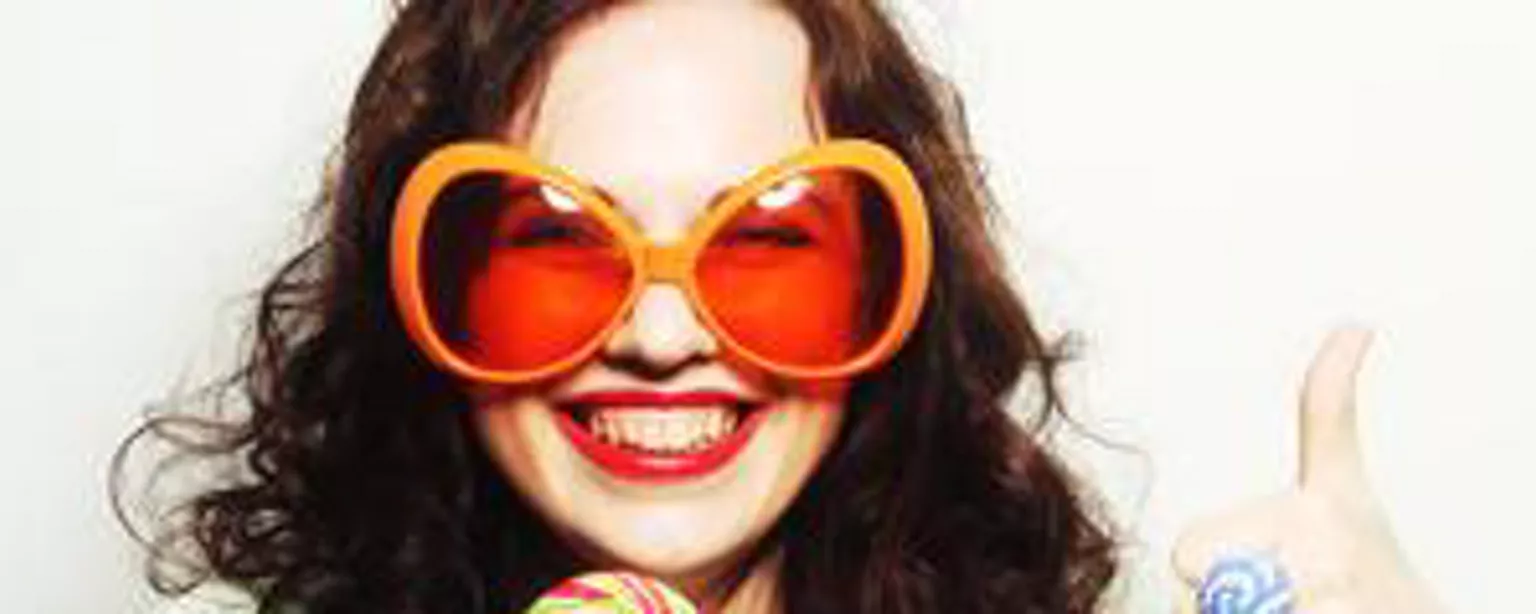The right job interview clothes won’t seal the deal, but the wrong outfit can sink your chances. Fair or not, first impressions are largely based on appearances, and dressing inappropriately may be the most detrimental mistake job candidates make in interviews.
If nothing else, employers expect job seekers to dress professionally.
What's considered the 'wrong outfit'?
Robert Half has asked managers that very question. The following examples represent some of the most bizarre job interview attire mistakes we’ve collected from our surveys of employers over the years:
- “A Star Trek T-shirt.”
- “A job candidate showed up for an interview in a new suit — with the price tags still hanging from the sleeve.”
- “Pajamas with slippers.”
- “A catsuit.”
- “A Hawaiian shirt and jeans.”
- “A candidate came to his interview wearing sunglasses and licking a lollipop. He commented to the hiring manager, ‘This is my style. You can take it or leave it.’”
- “An applicant wore the uniform from his former employer.”
You may think that all you have to worry about is tripping up over tough job interview questions. But clothes matter, too, and because you never get a second chance to make a first impression, here are five general job interview attire guidelines to consider:
1. Dress to impress
Play it safe (and smart) by wearing business-appropriate attire. While dress codes have become more relaxed in some accounting firms in recent years, a job interview isn’t the appropriate venue to display your eclectic or laid-back sense of style. Even if you think the office has a more casual environment, err on the side of caution and dress a step above what you think is expected. A polished appearance provides instant credibility and tells the interviewer you’re a serious candidate.
2. Aim for classy and comfortable
Yes, you want to look the part. But you also want to come across as relaxed as possible. If you purchase new interview attire, wear it a few times to break it in before your meeting. When you’re uncomfortable, it’s difficult to exude confidence and concentrate on the questions you’re being asked.
3. Everything in moderation
It’s not just about the clothes you don; the perfume or cologne you wear also matters. You don’t want the most memorable thing about you to be the scent you leave lingering in the office. As such, go light on the fragrances. The same guidelines apply to accessories. While these aspects of your wardrobe can allow you to express your personality, be judicious in your choices. Less is usually more.
4. Iron out the details
Even the nicest, most professional outfit can look sloppy and unattractive when wrinkled. Don’t rush the day of your interview. Make sure your clothes are free of wrinkles, stains and lint the night before.
5. Bring a backup outfit
If it can go wrong, it will go wrong. As Murphy’s Law dictates, if you’re going to spill an iced latte in your lap, you’re probably going to do it on interview day. Guard against bad luck by bringing another outfit with you if at all possible.
It’s worth noting that dressing to impress isn’t just important in interviews — it’s critical once you’re on the job, too. In a Robert Half survey, 80 percent of the executives said clothing choices affect an employee’s chances of earning a promotion.
Learn more about making a positive impression at a job interview in the posts below, and if you’re searching for a job, let Robert Half help.
- 9 Ways to Leave a Lasting Positive Impression at the End of a Job Interview
- When Dressing for an Interview, Know the Do's and Don'ts
- What to Wear to an Interview for a Job You Really Want







